牛津译林版高一英语任务型阅读解题技巧及专项训练.pptx
- 格式:pptx
- 大小:40.90 KB
- 文档页数:5
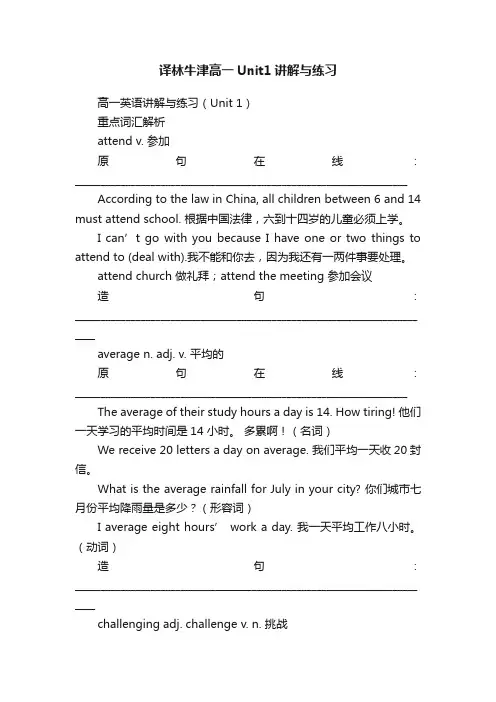
译林牛津高一Unit1讲解与练习高一英语讲解与练习(Unit 1)重点词汇解析attend v. 参加原句在线:__________________________________________________________________ According to the law in China, all children between 6 and 14 must attend school. 根据中国法律,六到十四岁的儿童必须上学。
I can’t go with you because I have one or two things to attend to (deal with).我不能和你去,因为我还有一两件事要处理。
attend church 做礼拜;attend the meeting 参加会议造句:____________________________________________________________________ ____average n. adj. v. 平均的原句在线:__________________________________________________________________ The average of their study hours a day is 14. How tiring! 他们一天学习的平均时间是14 小时。
多累啊!(名词)We receive 20 letters a day on average. 我们平均一天收20封信。
What is the average rainfall for July in your city? 你们城市七月份平均降雨量是多少?(形容词)I average eight hours’ work a day. 我一天平均工作八小时。
(动词)造句:____________________________________________________________________ ____challenging adj. challenge v. n. 挑战原句在线:__________________________________________________________________ She enjoys challenging problems. 她喜欢挑战性的问题。

(英语)高一英语阅读理解解题技巧讲解及练习题(含答案)一、高中英语阅读理解1.阅读理解A monk lived with his brother, a one-eyed idiot(a very stupid person).One day ,when themonk was scheduled to have an interview with a famous theologian(a scientist who studies religions) who had come from far away to meet him, he needed to take care of some mattersand would therefore be absent when the theologian arrived. He told his brother: "Receive this scholar and treat him well ! Don't say a word to him , and everything will be OK."The monk left the temple. Upon returning, he went to meet his guest."Did my brother receive you properly?" asked the monk."You brother is outstanding. He's a great theologian!" exclaimed the theologian with great enthusiasm."What do you mean? My brother---a theologian?" stuttered( 结巴地说 )the surprised monk. "We had a passionate conversation," replied the scholar." We communicated professionally by means of gestures. I showed him one finger and he replied by showing me two. Logically, I answered with three fingers and then he astonished me by raising a closed fist, ending thedebate. With one finger, I implied the unity of Buddha. With two fingers, he expanded my pointof view by reminding me that Buddha was inseparable from his theory. Delighted by the reply,with three fingers I expressed: Buddha and his theory in the world. Then he suggested a wonderful response, showing me his fist: Buddha, his theory and the world, all together asone whole. "A little later, the monk went to look for his one-eyed brother."So how did it go earlier with the theologian?" he asked."Very simple," said the brother. "He made fun of me; he show me one finger emphasizing thatI have but one eye. Not wanting to fall into the conflict, I showed that he was fortunate enough to have two eyes. Critically, he continued, 'Be that as it may, between us, we have three eyes.' That was the straw that broke the camel's back. Showing him a closed fist, I threatened to lay him out right then and there if he didn't stop his insulting challenges."(1) According to the passage, the monk's brother is a person__________.A. who was a great theologianB. who was a three-eyed idiotC. who was a one-eyed theologianD. who was a fool with only one eye(2) The theologian thought the monk's brother as a great theologian because ______.A. the brother was a one-eyed idiotB. the brother could communicate properly and politely by means of gesturesC. the brother had deep thoughts of BuddhismD. the theologian himself misunderstood the brother's gestures(3) What would the monk do after he heard of his brother's explanation on how it went earlier with the theologian?A. The monk would be very angry with his brother and beat him.B. The monk would be very happy and praise him.what a funny misunderstanding it was.(4) According to what the theologian said, he considered the monk's brother's fist to be themeaning of _____________.A. a threat to himB. an encouragement to himC. a unity of the Buddha, theory and the worldD. one eye of himself【答案】(1) D(2) D(3) D(4) C【解析】【分析】本文是一篇记叙文,神学大师站在自己的角度误解了和尚的傻瓜弟弟的手势语言,让人读着忍不住发笑。
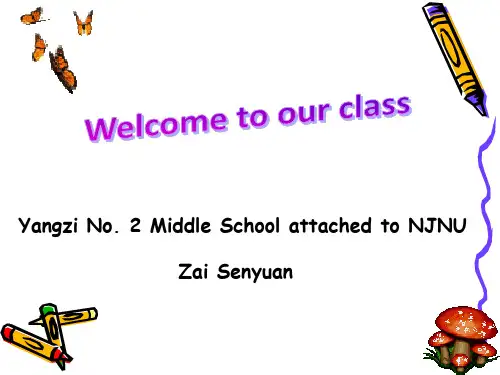

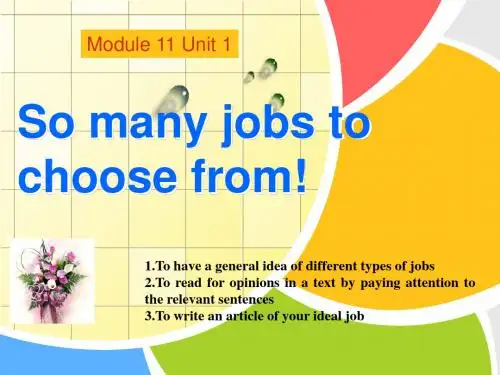
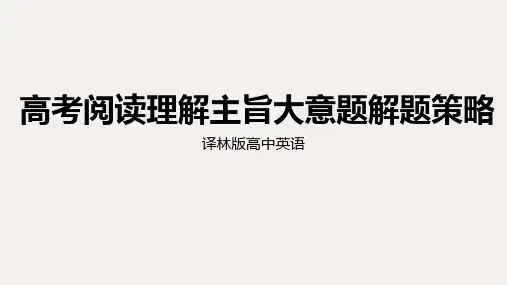
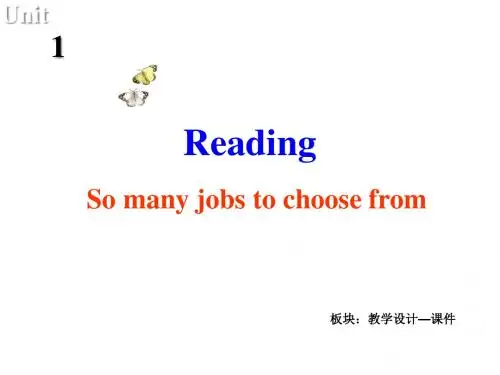

![[中学联盟]江苏省 译林牛津版英语《读写任务作文技巧》课件(共22张PPT)](https://uimg.taocdn.com/20d33f5e852458fb770b5612.webp)
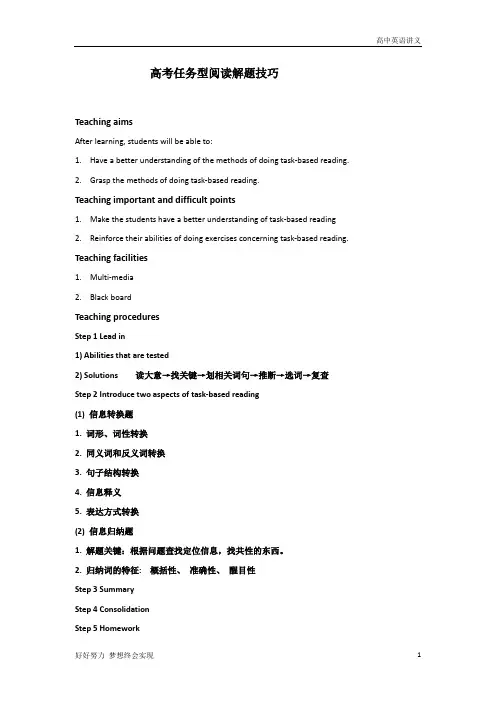
高中英语讲义高考任务型阅读解题技巧Teaching aimsAfter learning, students will be able to:1.Have a better understanding of the methods of doing task-based reading.2.Grasp the methods of doing task-based reading.Teaching important and difficult points1.Make the students have a better understanding of task-based reading2.Reinforce their abilities of doing exercises concerning task-based reading.Teaching facilities1.Multi-media2.Black boardTeaching proceduresStep 1 Lead in1) Abilities that are tested2) Solutions 读大意→找关键→划相关词句→推断→选词→复查Step 2 Introduce two aspects of task-based reading(1) 信息转换题1. 词形、词性转换2. 同义词和反义词转换3. 句子结构转换4. 信息释义5. 表达方式转换(2) 信息归纳题1. 解题关键:根据问题查找定位信息,找共性的东西。
2. 归纳词的特征: 概括性、准确性、醒目性Step 3 SummaryStep 4 ConsolidationStep 5 HomeworkExercise: Task-based readingAttitude is a mental state relative to what we believe and affects our entire lives. We express our attitude in our words and actions.One of the most important steps you can take toward achieving your greatest potential in life is to learn to monitor your attitude and its impact on your work performance,relationships and everyone around you.In truth,people generally don’t have a high level of attitude awareness. They’ll know if they are hungry or if their feet hurt,but they u sually don’t have a good handle on their attitude. That is a mistake because attitude decides everything. It governs the way you perceive(感知) the world and the way the world perceives you.We all have a choice. We can choose an inner dialogue or self - encouragement and self -motivation. It’s a power we all have. Each of us experiences hard times,hurt feelings,heartache,and physical and emotional pain. The key is to realize it’s not what happens to you that matters;it’s how you choose to respond.Your mind is a computer that can be programmed. Your inner dialogue is the software that programs your attitude,which determines how you present yourself to the world around you. You have control over the programming. Whatever you put into it is reflected in what comes out. The sad reality of life is that we will continue to hear negative information,but we don’t have to program it into our brains.The loudest and most influential voice you hear is your own inner voice.It can work for or against you,depending on the messages you allow. It can be optimistic or pessimistic(悲观的).It can wear you down or cheer you up.Habitual bad attitudes are often the product of past experiences and mon causes include low self - esteem,stress,fear,resentment,anger and an inability to handle changes. It takes serious work to examine the roots of a harmful attitude,but the rewards of ridding ourselves of this heavy baggage can last a lifetime.Here are several strategies to improve your attitude:Enthusiasm—Vital Tool for Staying MotivatedEnthusiasm is to attitude what breathing is to life. Enthusiasm makes it possible for you to apply your gifts more effectively. Enthusiasm means putting yourself in motion. It’s an internal spirit that speaks through your actions.Lighten Up Your Life with HumorHumor is a powerful motivator. The more humor and laughter in your life,the less stress you will have,which means more positive energy to help you put your attitude into action. There are also health benefits to lightening up.Exercising Will Help Keep You MotivatedOne of the best ways to move to a more positive and motivated mind is to exercise. A regular exercise routine can provide relatively quick positive feedback in the form of weight loss,muscle development and a sense of doing something positive for yourself. Seek your personal and professional success by using the tools above. It is no secret that life seems to reward us most when we approach the world with a positive attitude.Keys1. speaking/talking2. important/vital/significant3. how4. react/respond5. positive6. influence/impact7. rid8. enables/allows/helps9. good 10. Working。
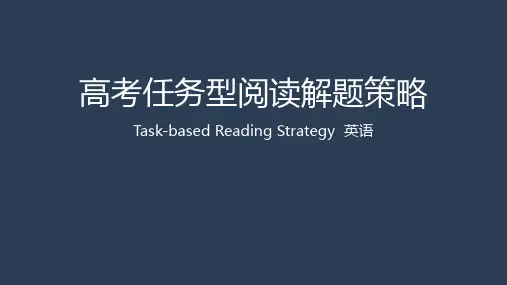
英语任务型阅读专项训练任务型阅读解题策略:1.略读。
理解文章大意是做题的第一步,也是关键的一步。
因此,要快速浏览全文,尤其是每段的第一句话,即Topic sentence和首尾段落,理清文章的写作思路和基本结构,以便加深对文章内容的了解。
同时文章的结构往往也是很重要的设题线索。
表格项目可能就是根据文章的结构而设计的。
只有读懂了文章,才能顺利地在表格中填出相应的信息。
2.扫读。
扫读图表,分析表格结构,理清其显示的层次关系,准确定位其考察要求。
要特别注意表格前的小标题,它通常就是段落和表格的主题句。
读懂了表格标题有助于理解短文及表格的大意,了解表格结构和题目的设置。
如捕捉信息题可以去文中查读,其他问题则需要对信息进行加工处理。
一般题目的结构是:①全文的标题在标题中缺少一个关键词,根据文章填出所缺的关键词。
②各段大意试题中给出各段大意,在给出的信息中缺少一些关键内容,学生把文章的各段对应起来,找准信息。
③对各段大意的详细的阐述从文章各段或分散在全文的对应的信息点出发,这要求学生有高度驾驭语篇的能力,在文章中找到准确的信息完成填空。
3.精读。
深入理解文章内容,精读与空格中要填的信息有关的文段,寻找确定答案的关键词语,或从文中进行概括,同时仔细斟酌用词,确保填的是最恰当词的最恰当形式。
如填写时要注意所填单词的结构和形式,看是否与表格中所给的格式相同,同时注意单词的拼写、短语的搭配、所填词汇的词性、所填单词是否符合题目要求,还要注意字母的大小写。
4. 复查。
通观全篇文章,务必再仔细核对文章和任务,确保准确性。
★归纳概括的注意事项有:(1)大小写(2)单复数(3)搭配掌握常见的归纳概括词语:(1)赞成和反对的理由pros and cons(2) 优劣 advantages,disadvantages(3) 异同 similarities, differences(4) 建议 suggestions, tips, advice(5) 态度、观点 attitudes to/towards, opinion of(6) 简介某个现象或问题 brief/general introduction, phenomenon(phenomena), problem(s)(一)请认真阅读下面短文,并根据所读内容在文章后图表中的空格里填入最恰当的单词。